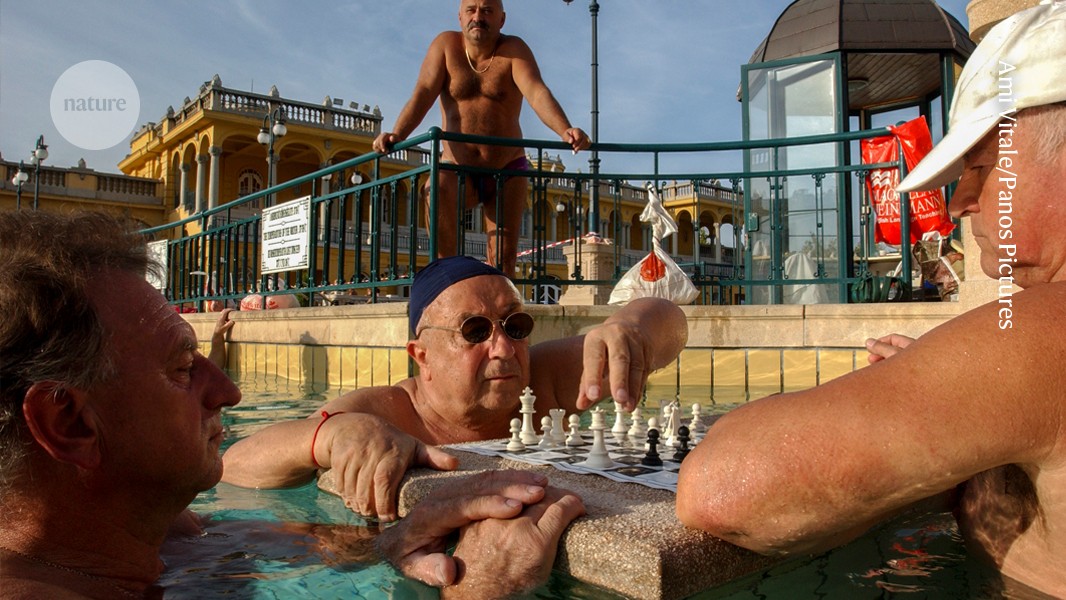An alarm at the International Boxing Hall of Fame in Canastota, N.Y., blared at about 2 a.m. on a fall morning in 2015, prompting its director to drive to the building and learn that culprits had broken in and stolen six championship belts from the ’40s and ’50s.
“Who could do this to a hall of fame museum?” Edward Brophy asked police officers. Blood from one of the thieves appeared to drip from the splintered glass of a window they had broken in through. Mr. Brophy recalled thinking at the time: Maybe that would help investigators find the culprits.
Nearly a decade later, it did.
Federal prosecutors announced on Thursday that nine people had been charged in connection with a two-decade operation in which the group broke into museums and businesses to steal an array of treasured artworks, jewelry and sports memorabilia — from a light green screen print by Andy Warhol to nine of the 10 World Series rings belonging to the revered New York Yankees catcher Yogi Berra.
The group of nine people — who are Pennsylvania residents in their 40s and 50s and whose charges include conspiracy to commit theft of major artwork and interstate transportation of stolen property — had long eluded local police departments, evading capture in quick-hit thefts that targeted mostly small museums from 1999 to 2019 in Pennsylvania, New Jersey, New York, Massachusetts and North Dakota, prosecutors said.
One of the supsects, Nicholas Dombek, 53, of Thornhurst, Pa., remains at large and is considered a fugitive, Gerard M. Karam, the U.S. attorney for the Middle District of Pennsylvania, said at a news conference on Thursday.
Forensic evidence from several police departments, including DNA preserved from the scene in Canastota at the boxing museum, eventually helped investigators link several of the thefts. A museum director said that officials had told him that one suspect helped investigators identify the other culprits.
For the directors of the organizations affected by the heists, the arrests offered some semblance of justice, but resurfaced old wounds.
“It’s like losing a child 18 years ago,” said Charles Barber, the director of the Everhart Museum in Scranton, Pa., where “Le Grande Passion” by Andy Warhol and “Springs Winter” by Jackson Pollock were stolen in 2005. “There’s a pain of loss. But now that they’ve identified the nine suspects in this case, it sort of gets a degree of closure.”
Mr. Brophy, who runs the International Boxing Hall of Fame, said he was “delighted” to learn that charges had been filed.
Janet Terhune, the director of the Harness Racing Museum & Hall of Fame, which had 14 trophies stolen that were probably melted, said while it was good to know the suspects had been charged, it still felt like a “consolation prize.”
“We would dearly love our things back,” she said, adding that when the museum in Goshen, N.Y. had been broken into in 2012, it appeared the burglary had taken about three minutes.
Prosecutors said that 20 museums were affected by the group’s thefts.
The rings, plaques and belts the thieves stole were melted down into metal discs or bars, which were sold in the New York City area for hundreds or thousands of dollars, prosecutors said. Officials believe Mr. Berra’s rings were melted.
Among the purloined items were a solid gold belt encrusted with diamonds and gems; three antique firearms from a New Jersey historical museum worth a combined $1 million; and five trophies worth more than $400,000 that had been displayed at the National Racing Museum & Hall of Fame in Saratoga Springs, N.Y.
What the suspects did with the stolen art is more uncertain. Mr. Dombek burned the painting “Upper Hudson” by Jasper Cropsey, which is valued at $500,000, to keep investigators from recovering it, according to an indictment. The whereabouts of many of the other stolen paintings stolen objects are unknown, prosecutors said.
Mr. Barber said he was holding out hope that paintings stolen from the Everhart Museum would be recovered.
“We would love to be able to host an exhibit that’s called: ‘Art once stolen, but now returned,’” Mr. Barber said.
Officials noted at the news conference the remarkable disregard that the suspects had for such culturally significant memorabilia, given how the melted down pieces were sold for a fraction of what the actual items had actually been worth. But their tactic seemed to indicate that the suspects fully understood the shadowy scheme they were engaging in, preferring easy money grabs over underground dealings that would put them more at risk of being caught, the indictment shows.
After stealing the Andy Warhol and Jackson Pollock pieces in 2005, one of the suspects called a reward hotline set up by the owner, the indictment states, but nothing ever came of that call.
Among the sports figures most affected by the thefts was Mr. Berra, who won a record 10 World Series and died in 2015, a year after the notorious theft. In addition to his World Series rings, seven other championship rings and two M.V.P. plaques worth more than $1 million were stolen from the Yogi Berra Museum & Learning Center, Little Falls, N.J.
When he learned that his rings had been taken, Mr. Berra responded with his brand of unpretentious wisdom: “Well, I know I won them.”
Commissioner Christopher Paris of the Pennsylvania State Police quoted Mr. Berra when discussing how, at last, the thefts had been solved.
“You can observe a lot,” he said, “just by watching.”





More News
Russia Will Keep U.S. Soldier in Custody for Months, Local Media Reports
The Met Gala, in Photos
U.S. Repatriates 11 American Citizens From ISIS War Camps in Syria